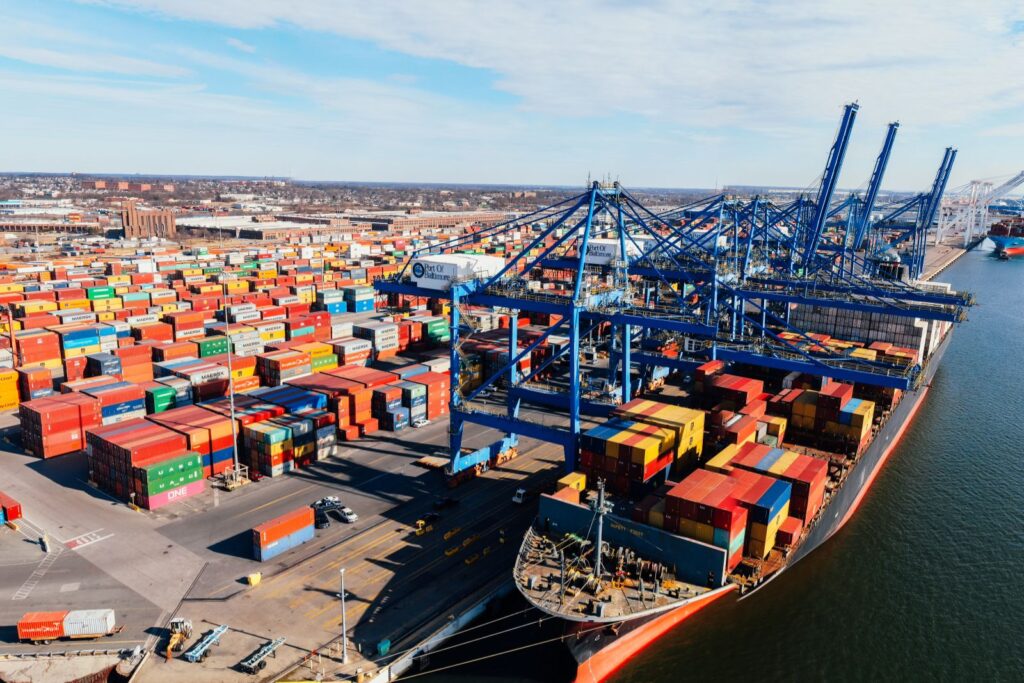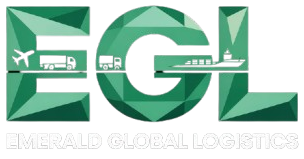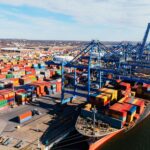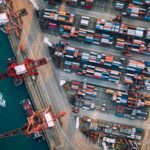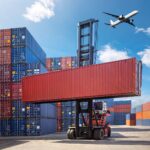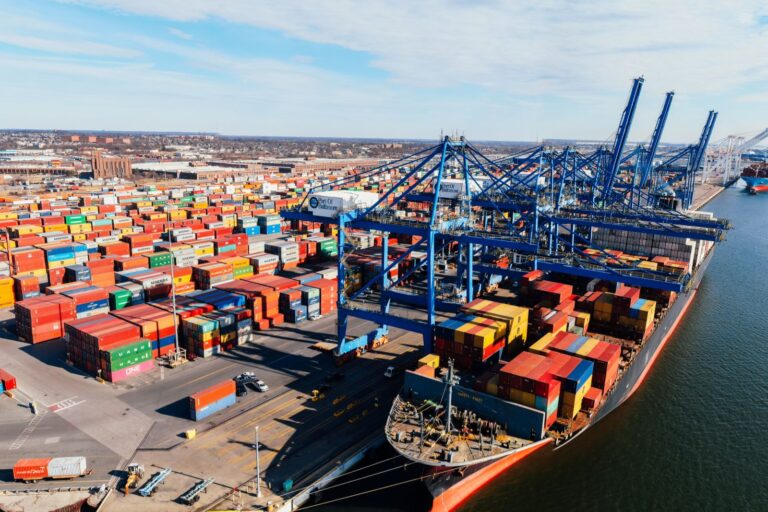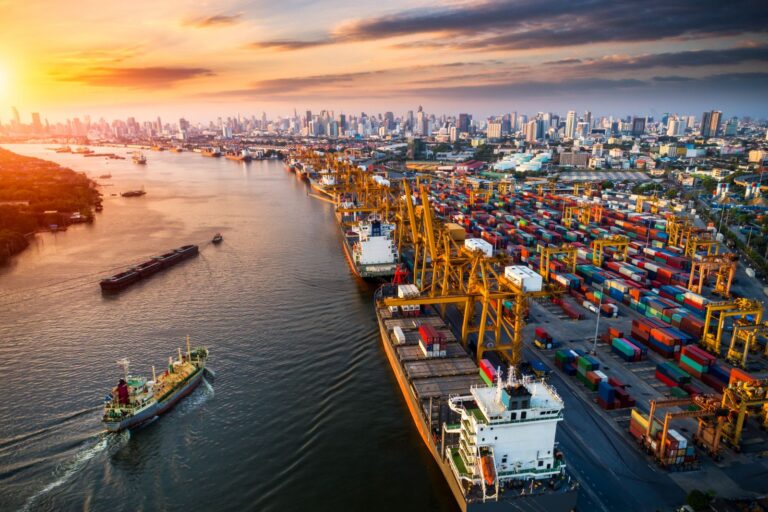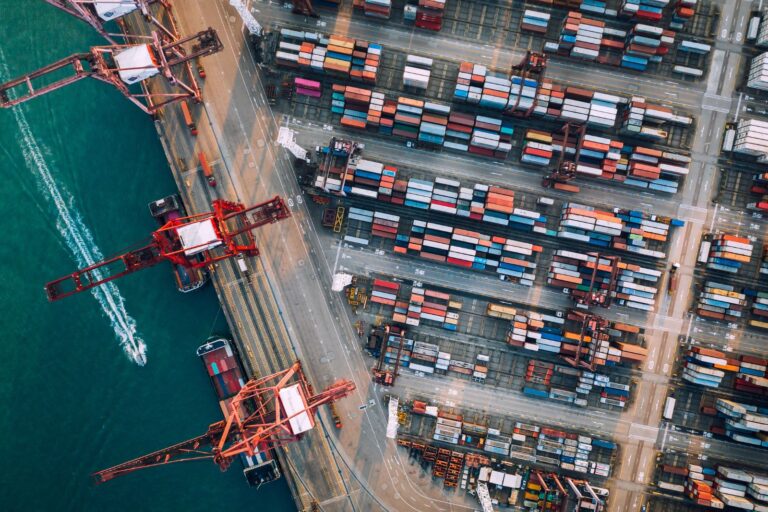Introduction
For businesses shipping goods across borders, one of the most common questions is: how long does freight forwarding take? Whether you’re sending cargo by sea, air, or road, the delivery timeline can significantly impact your supply chain, customer satisfaction, and costs.
The challenge is that freight forwarding doesn’t have a single fixed timeframe. Transit times vary depending on the shipping method, origin and destination, customs clearance, and even weather conditions. Choosing the right logistics partner makes all the difference.
At EGL – Emerald Global Logistics, we specialise in helping Australian businesses navigate complex global trade. With years of industry expertise, our team ensures your cargo moves efficiently while keeping you informed every step of the way.
This guide explains the key factors that influence freight forwarding timelines, compares shipping modes, and provides actionable tips to speed up your logistics process.
Why Transit Times Matter in Freight Forwarding
The length of freight forwarding affects:
- Customer expectations – Fast delivery builds trust and loyalty.
- Inventory planning – Businesses rely on predictable supply chain schedules.
- Cost efficiency – Delays can lead to storage fees, penalties, or lost sales.
- Competitive advantage – Quick, reliable shipping sets you apart in crowded markets.
Understanding how long freight forwarding takes helps businesses plan smarter, minimise risks, and stay ahead.
Average Transit Times for Different Shipping Modes
Air Freight
- Typical duration: 1–7 days
- Best for: Urgent, high-value, or time-sensitive goods
- Pros: Fastest international option
- Cons: Higher cost per kilogram
Sea Freight
- Typical duration: 3–8 weeks (depending on route)
- Best for: Bulk shipments, heavy cargo, cost-sensitive goods
- Pros: Most economical for large volumes
- Cons: Longer transit times, potential port delays
Road Freight
- Typical duration: 1–10 days (domestic or regional transport)
- Best for: Door-to-door delivery within Australia or neighbouring regions
- Pros: Flexible, cost-effective for short distances
- Cons: Limited for long international shipments
Rail Freight (less common in Australia, but growing)
- Typical duration: 7–21 days
- Best for: Land-based international trade routes (e.g., Asia–Europe)
- Pros: Greener than air and cheaper than road for long hauls
- Cons: Limited routes and availability
💡 Tip: Many businesses use multimodal freight forwarding (e.g., sea + road, air + road) to balance cost and time.
Key Factors That Influence Freight Forwarding Time
1. Origin and Destination
- Shipping from Melbourne to Southeast Asia may take 10–15 days by sea, while to Europe it may take 35–45 days.
2. Mode of Transport
- Air freight cuts weeks off transit times but increases cost.
3. Customs Clearance
- Delays often occur at customs if paperwork is incomplete.
4. Cargo Type
- Hazardous, oversized, or refrigerated cargo may require special handling.
5. Weather & Seasonal Demand
- Peak seasons (e.g., Christmas) and storms can slow shipments.
6. Incoterms Agreement
- Determines who manages freight, insurance, and customs, impacting timelines.
Step-by-Step: How Freight Forwarding Works
- Booking & Documentation
- Shipper provides details of cargo, destination, and transport mode.
- Cargo Collection
- Goods are packed and transported to the port or airport.
- Customs Export Clearance
- Paperwork is reviewed before departure.
- Transit (Sea, Air, Road, or Rail)
- Cargo is moved to the destination country.
- Customs Import Clearance
- Local authorities inspect and approve entry.
- Final Delivery
- Goods are delivered to the consignee’s location.
⏳ Each stage adds time, but with an experienced partner like EGL, delays are minimised through proactive planning.
Costs vs Speed: Finding the Right Balance
- Air freight → Higher cost but faster delivery.
- Sea freight → Lower cost but longer transit.
- Express courier → Best for small packages under 100kg.
👉 At EGL – Emerald Global Logistics, we work with clients to strike the right balance between delivery speed and shipping budget, ensuring goods arrive on time without unnecessary expenses.
Best Practices to Reduce Freight Forwarding Time
- Plan ahead – Book shipments early during peak seasons.
- Organise paperwork – Ensure invoices, packing lists, and permits are correct.
- Use reliable freight partners – Experienced providers anticipate and solve delays.
- Track shipments in real time – Technology helps spot bottlenecks quickly.
- Choose the right mode – Air for urgent, sea for bulk, road for domestic.
Common Mistakes That Cause Delays
- Incomplete customs documents
- Choosing the wrong shipping method
- Underestimating seasonal congestion
- Not insuring goods against unexpected delays
- Failing to work with a trusted logistics provider
Real-World Example
A Melbourne electronics distributor once shipped via sea to the U.S. but faced delays due to incomplete customs paperwork. After partnering with EGL – Emerald Global Logistics, the company streamlined documentation and switched high-priority goods to air freight. Result: delivery times cut by 60% and improved client satisfaction.
👉 Learn more about our approach here: About EGL
FAQs: How Long Freight Forwarding Takes
1. How long does sea freight usually take?
Sea freight typically takes 3–8 weeks depending on route and port congestion.
2. Is air freight always faster than sea freight?
Yes, air freight is faster, usually 1–7 days, but it’s more expensive.
3. Can customs clearance delay freight forwarding?
Yes, incomplete or incorrect paperwork is one of the main causes of delays.
4. What’s the fastest way to ship freight internationally?
Air freight is the fastest, though at a higher cost.
5. How can I speed up freight forwarding?
Work with a reliable freight forwarder, prepare documents correctly, and choose the right shipping mode.
Conclusion – Get Your Freight Moving Faster
So, how long does freight forwarding take? The answer depends on your mode of transport, destination, and cargo type. Air freight may take just days, while sea freight can take several weeks. The key is choosing the right logistics partner to manage the process smoothly.
At EGL – Emerald Global Logistics, we provide tailored solutions that balance cost, speed, and reliability for Australian businesses. Whether you’re shipping domestically or globally, our team ensures your freight arrives on time and stress-free.
👉 Ready to move your cargo with confidence? Contact EGL today for expert support.
